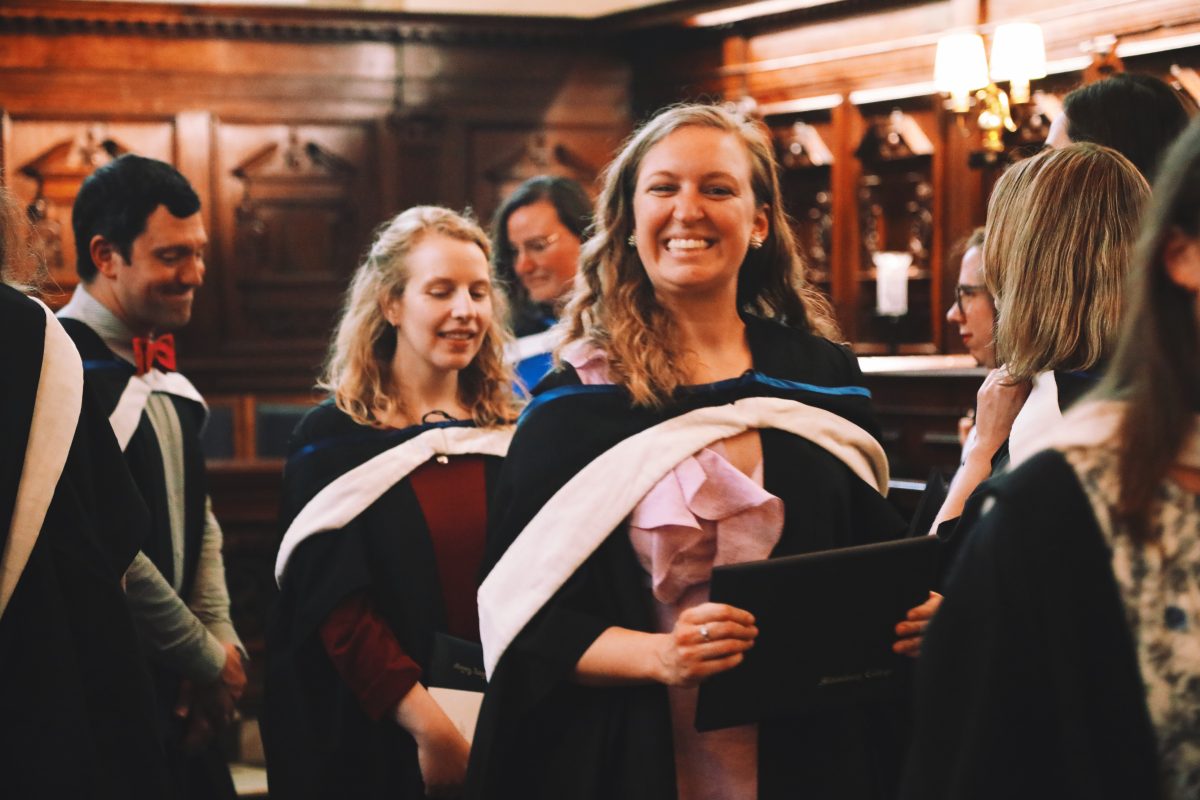While the ASL community often formulates perceptions of other school populations, it is often overlooked that the very same people whom they generalize, students from The American School in England (TASIS), A.C.S Cobham, and Quintin Kynaston (QK) among many others, have their own feelings about ASL.
This theme of distaste often stems from sports rivalries. “Many of us don’t really know people from ASL, so our perceptions come from seeing how people act in sports,” Cobham student Johnny Fretheim (’16) said. “There is a strong dislike [amongst the Cobham community for ASL], for example, our varsity basketball coach will make the team run if someone wears ASL colors [to practice].”
Inigo Gonzales (’16), a TASIS student who plays soccer, basketball, and baseball for his school, has also noticed this. “I have friends that have attended ASL, who are fun to hang out with outside of school,” he said. “However, the rivalry [between ASL and TASIS in sports] brings out my hate.”
Three TASIS students declined to comment citing fear of disciplinary issues as a result of expressing their dislike for ASL.
Sporting rivalry is not the only contributing factor to perceptions of ASL students. For Fretheim, the generalizations about ASL at Cobham are “in short, preppy rich kids.”
This is not an anomaly. “[ASL] was known as a wealthy private school,” Houston Parke (’15) said regarding the perceptions of ASL students at his former school, Lycée Français Charles de Gaulle. This idea stems from the perception that all ASL students have wealthy parents and are very materialistic.
This view is also shared by those who attend British schools in the surrounding area. Andrew Lee (’15), a student at University College School, a British High School located in Hampstead, who has had many positive experiences with ASL students as a Cub Scout and in sports, was baffled by the perceptions at his school. “Generally, they think [ASL] is stereotypical American kids,” Lee said. “I don’t think anybody else really knows any kids themselves so they are just assuming they are ‘jocks’ and things of that nature.”
Sophie Clark (’16), an ASL student who previously attended Godolphin and Latymer, an all-girls British school, recalls her first impressions of students at ASL. “Their accents, the things they talked about, it seemed as if they were living more in America than they were living in London,” she said.
In addition, former QK student Emma Cox cites the media as the driving force in creating her perception of ASL. “I had imagined [ASL] as a stereotypically ‘American’ school, like in the media, with cheerleaders, cliques, etc.,” she said.
Despite the negative perceptions, Cox believes that the relationship between QK and ASL is currently one of a positive nature. “All of my experiences with ASL have been positive,” she said. “I was part of a branch of school council in Year 11, which arranged events with ASL, and the students were always welcoming, energetic and fun to work with.”
The issues regarding ASL’s reputation may simply stem from the fact that ASL is closed off and does not interact with many other schools. “I have a friend [from my old school] who I introduced to my friends [at ASL] and at first he hated them, but now they get along,” Parke said. “It was different after he got to know them and gained a different perspective.”
Lee has also noticed that some perceptions at his school, such as “typical American kids,” “rich” and “arrogant,” could be a result of people simply not interacting with each other or ever getting to know students from another school. “Only one other guy in my year actually knows some people [from ASL],” he said.
Gonzales also admits that when he finally got to know students at ASL, he enjoyed spending time with them.
This concept of inter-school connections has helped the relationship between ASL and QK. Cox notes that by working together, positive developments in this relationship have recently come to fruition. “There used to be a kind of rivalry towards ASL from QK students, because they had a prejudiced view of them as rich, very alien people,” Cox said. “But since QK and ASL have started working together, I think that view has been greatly diminished, if not toppled altogether.”
Acknowledging that interfacing with other schools could help negate the stereotypes, Clark is confused that the multiple American schools don’t interact on a regular basis. “[ASL, TASIS, Cobham] obviously are different schools, but they have the same systems and the same people,” Clark said. “It’s not really that different.”
This points to a possible solution to these negative generalizations that schools have of ASL. The majority of students who go to different schools feel that the student population of ASL needs to open up, interact more, and create relationships in order to eradicate negative perceptions.
zack_ashley@asl.org
zack_longboy@asl.org







